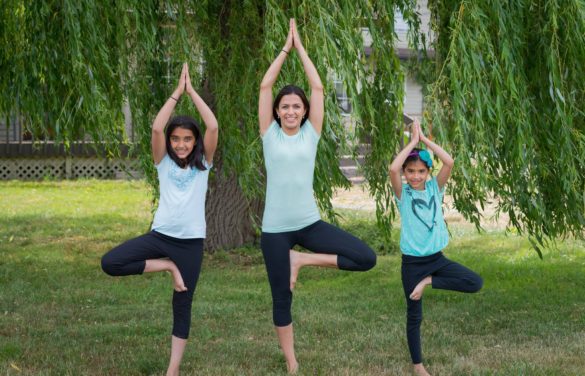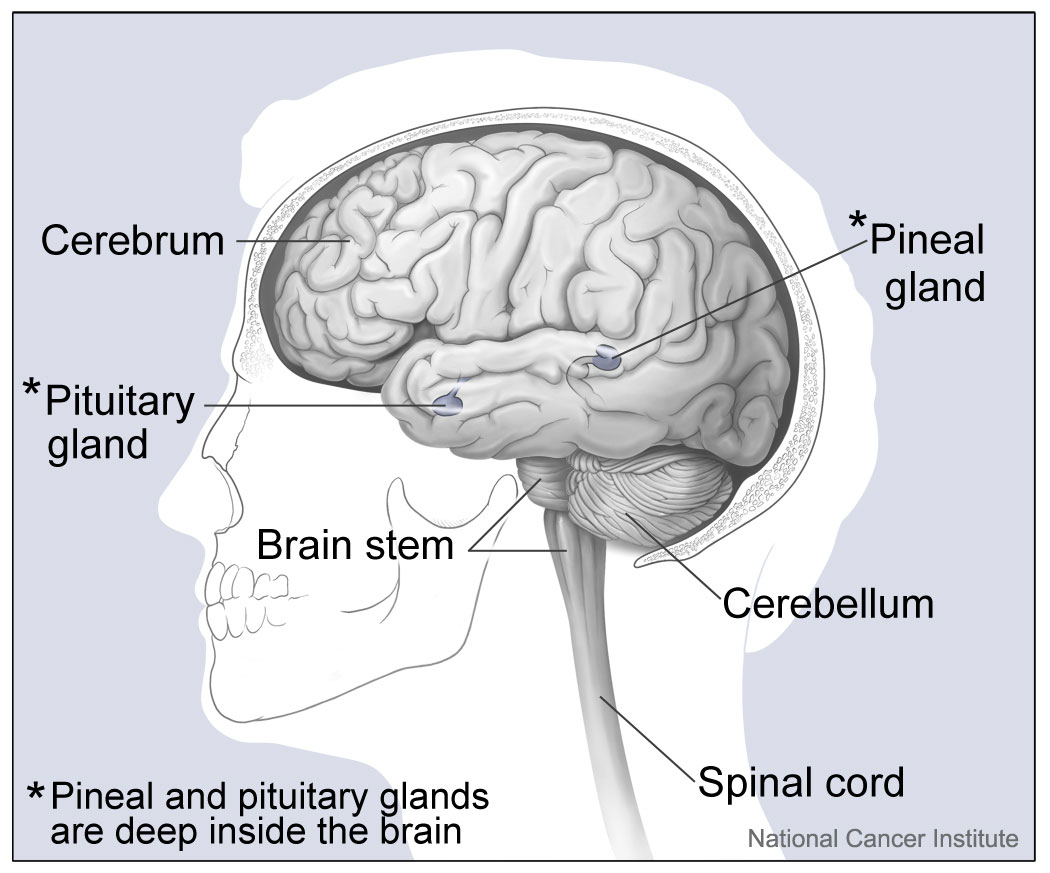 My thoughts on when Kids should start yoga was published on Seattle Yoga News. Here’s is an unedited version covering more of the physiological effects of yoga. And if you are interested in similar content, subscribe to our newsletter.
My thoughts on when Kids should start yoga was published on Seattle Yoga News. Here’s is an unedited version covering more of the physiological effects of yoga. And if you are interested in similar content, subscribe to our newsletter.
It is common knowledge that yoga is great for adults. And millions around the world pursue this practice regularly. But is yoga practice only for adults? No! Yoga practice should ideally begin at an early age in one’s childhood so one can grow into a well-rounded individual and not come to yoga to fix issues with our body and mind later in life. I often wonder why we wait for so long to begin. Yoga is a gift to humanity, and should be started early in life so one can reap the lifelong benefits of this ancient practice. There are some very important advantages to why yoga should begin when kids are young. The magical number being the age of 8.
It is common knowledge that adults combat stress in various forms in everyday life. But children of today’s generation are as stressed as adults. They have to keep up with the growing competition in schools and colleges, deal with peer pressure and the difficult stage of puberty, and not to forget stay involved in extracurricular activities, and meeting expectations of the family and teachers. For a kid or an adolescent this is a lot to handle.
The benefits of yoga for children is something we should all know about. The practice of yoga has a huge effect on the physical body and the systems that support it, like the nervous, respiratory, digestive system, etc. It greatly influences the emotional and behavioral aspect of children and adolescents. It has a positive effect on the mental state and aids creativity.
Just like you prep the soil before you sow the seeds, one needs to prepare the mind. The mind assumes many stages. While it is generally felt that adolescents can be very difficult to influence, some are actually very receptive. Yoga can help transform the ‘quality of consciousness’. The quality of consciousness is good when one is aware and receptive and not so good if you find yourself lost in your own thoughts, unable to focus, absorb or retain information, poor memory etc.
THE ROLE OF THE PINEAL GLAND
The pineal gland is located at the top of the spinal cord, and is very important to us. Millions of years ago, this gland played an active role in the development of the human brain. No wonder people before us had greater spiritual and psychic qualities and better control over their emotions than we do today. But with the passage of time, the pineal gland has started to degenerate. Today it is little more than a vestigial gland and we need to take adequate measures to protect it so that it does not disappear over the next generations.
In Yoga, the pineal gland correlates to what is called the Ajna Chakra, often referred to as the third eye or the supermind. This gland is very active in children, but by the time they turn 8 or 10 it starts to calcify and doesn’t really play a role in adult life. This is unfortunate, as in it is understood by yoga, to be the organ that controls and monitors the brain. When the pineal gland starts to degenerate, the pituitary gland comes in and emotions start acting up. This is the reason why so many children become emotionally unbalanced and disturbed during their pre-adolescent & adolescent years. The balancing quality of the pineal gland keeps the whole brain receptive. Also the adrenal glands tend to be overactive in some children. The adrenal gland plays a very important role in a child’s moral behavior. Usually those with criminal tendencies have an overactive adrenal gland and yoga can regulate and bring balance.
THE THREE CHANNELS OF ENERGY
Ida, pingala and sushumna are three sanskrit terms that are relevant here. Ida lies to the left of the spine and is your active breath while pingala is cooling and lies on the right of the spine. Sushumna runs through the spinal column. Having any blockages in these is what causes imbalance in the development of a child. The brain begins to suffer. When a child is classified as dull, it does not mean that it’s a physical defect in the brain but the dullness is caused due to a deficiency of quantum energy to the brain. This is where pranayama can help. Circulation of prana is not important only for physical activities but also the activities of the brain.
AT WHAT AGE SHOULD YOGA PRACTICE BEGIN?
In India, children traditionally have their thread ceremony (upanayanam), their initiation into religions practices, at the age of 8. At this age, children were introduced to sun salutations, nadi shodhana pranayama and the gayatri mantra. This age represents the end of childhood. This has now become apparent even to modern scientists who recognize that this is a crucial milestone for physiological and psychological development of children making a transition into adult life. Some of the facts that these scientists discovered are:
- The number of air sacs stabilize at the age of 8. Until then they keep increasing. After the age of 8 they only grow in size and not in number. This is considered to be the ideal time to introduce pranayama into the daily routine for kids. This will help the cardiovascular & respiratory systems to maintain high levels of resistance and endurance throughout different stages of life.
- The health of the immunity system is established by the age of 8. The sun salutations and nadi shodhana pranayama ensure continual development of the immune responses throughout life.
- The pineal gland is responsible for maintenance of the child’s expanded state of awareness, devoid of sexual consciousness and role. Children who practice yoga in their 8th year experience a delay in their pubescence, thereby being a child for a little longer. This delay will help the child to be ready to cope with the physiological, psychological and emotional onslaught of puberty. Children who hit puberty a little later are also found to be more intuitive, sensitive and and intelligent adults than those who hit puberty quickly.
- Psychologists believe that kids ability to understand concepts and ideas which form the basis of ongoing technical and moral education begins at the age of 8. Before this, fantasy and play are dominant in the child’s life.
- Spiritual development begins at this age. This is a great time to initiate children into karma yoga – where they begin to help in small household tasks, given some responsibility, taught morals and held accountable. This will help them develop their own spiritual journey.
Children can definitely grow and flourish with yoga. I don’t mean we become obsessed with our children doing yoga and start off even before they can walk. However, when the age is right, I encourage you to find a teacher who can help make yoga a part of your child’s life. It is a great empowering gift that one can give a child. Swami Satyananda Saraswati has said “The destiny of the whole world depends on little children. If you want to see the silver lining on the horizon it is not you and me, but children who have to be spiritualized.”


